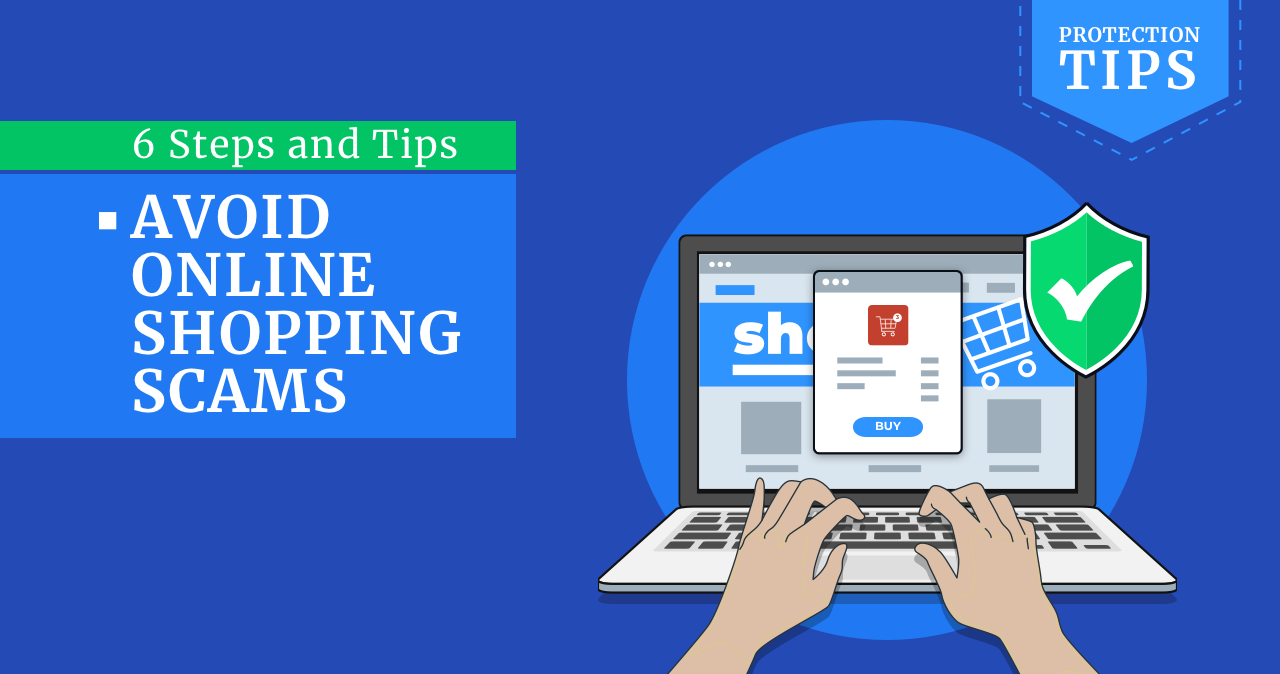Online sales have been consistently rising each year, with global e-commerce sales reaching unprecedented levels in 2025. This upward trend is fueled by increased internet accessibility, the proliferation of smartphones, and consumers’ growing preference for the convenience of online shopping. According to Statista2, global retail e-commerce sales amounted to $5.7 trillion in 2023 and are projected to continue growing in 2024 and 2025. Reports from eMarketer also indicate that online retail sales are expected to account for an even larger share of total retail sales worldwide in the coming years.
Steps to Prevent Online Shopping Scams
According to statistics provided by the Better Bureau, online purchases are considered the most common targets for fraudsters. Although these statistics do not cover all buyers on the Internet, we still need to know how to prevent that low risksho of fraud.
1. Website Reputation Checker
It’s crucial to ensure the online shop is trustworthy. We have a special tool Website Reputation Checker that helps you evaluate a site’s reliability. It provides a trust score on a scale from 1 to 100, so you can quickly assess the risk of a site. Suspicious sites are clearly marked, offering you a visual warning, while reviews collected from users help provide additional insight into the site’s credibility. This first step can save you from falling victim to scams and protect your personal information.
2. Verify the Website’s Security Measures and Policies
Double-check that the online shop has adequate security in place. Look for the padlock icon in your browser’s address bar and ensure the URL starts with “https” indicating that your information is encrypted. Review the site’s shipping terms, and return policy to understand how they handle your data and potential refunds. A legitimate shop will offer clear policies and contact information, making it easy to reach out with questions or concerns. Taking a moment to verify these details can help you avoid shady sites and scam.
3. Shop in your browser, not an app.
Not all applications are legitimate and secure. Before making in-app purchases, ensure you have installed it from the official source (Google Play or App Store), so your transactions are secure. Still, it is not so easy to review the benevolence of an application, even if you’ve got it from a legit source. The program you are familiar with can one day be uncovered as malicious as it was collecting the data, so it is way better to rely upon the web browser.
4. Use a strong password.
You can save your login and password for frequently visited sites. But these passwords must be strong, with complex characters, letters, and numbers combinations. This will make it harder for a hacker to get to your account. Also, remember that passwords for different sites should be different too. Modern browsers offer secure and strong passwords that are generated automatically, but they are pretty hard to remember. Choose what’s best for you.
5. Secure your bank accounts.
No matter what type of credit card you use, debit or credit, you need to set additional security levels. Since scammers break cards more often than you can imagine, it is important to isolate most of your savings from the potentially exposed area. For example, creating a virtual card only for Internet payment will expose only this card if something goes wrong. Shopping scams do not stop on the bank cards, but the most sensitive loss may be cut off in that way. Refill it with the sum you need only before the payment – and crooks will get a small sum or even nothing from your card. Additionally, you can set an Internet payments limit for this card – it will restrict the sum the crooks will take from your card, additionally notifying you about the unusual transaction. You can also turn off Internet payment altogether and enable this feature only if necessary. The final step may be the request for a dynamic CVV code, which changes in a set period of time. Not each bank offers such a service, but without an actual CVV, there is no way to get a penny from your card.
6. If the price is too good to be true, it probably is untrue.
Be careful with sellers who place too low prices on products. Of course, it may seem tempting, but when ordering such products, you will likely receive a poor copy or a wrong item. This is a trap that many sellers use to take more customers from their competitors. Read as many reviews as possible, and buy products from trusted sources.
Conclusion
The number of threats and attacks from fraudsters is growing as fast as the development of new technologies and everything. It would help if you were more careful when using the Internet because it may affect the integrity of your privacy. Follow all the above steps, and don’t make rash online purchases. Ignoring all the tips mentioned above, you risk becoming a victim of fraud.






Thank you, Stephanie, for making it safe to browse the internet comfortably and shop online!
Yes, I agree, the modern digital world is worth being a part of, and thank you for showing us how to do it properly!
I appreciate your being there to help us maneuver the internet safely and comfortably.
I have been scammed too many times, and my ATM card has been compromised and replaced 25 different times.
Stephanie, you are a gift and a blessing to the world.
Sincerely yours,
Esther Lue
.